15 Things You Never Knew About the NES
Illegal cartridges, strange accessories, and other things you never knew about the 40 year history of Nintendo's first home console.
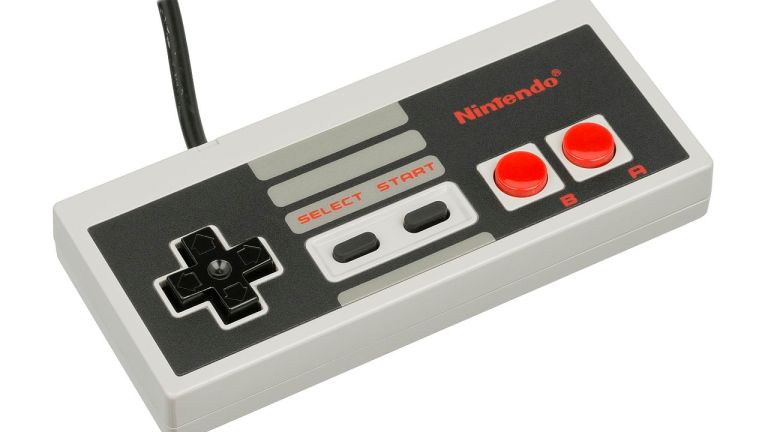
Even after decades in the video game business, Nintendo seems to be at an all-time high right now. The Switch continues to sell well after six years on the market, The Legend of Zelda: Tears of the Kingdom is being almost universally lauded as one of the greatest games ever made, and The Super Mario Bros. Movie was a massive hit at the box office. It’s like everything Nintendo touches turns to gold.
But it wasn’t always like this. When Nintendo entered the console market in the ‘80s, retailers and pundits alike were skeptical, and early sales weren’t great. There were also plenty of mistakes and weird detours that have been largely forgotten. But thankfully, the Internet never entirely forgets. As we celebrate 40 years since the release of the Famicom in Japan, these are 15 things you likely never knew about the NES.
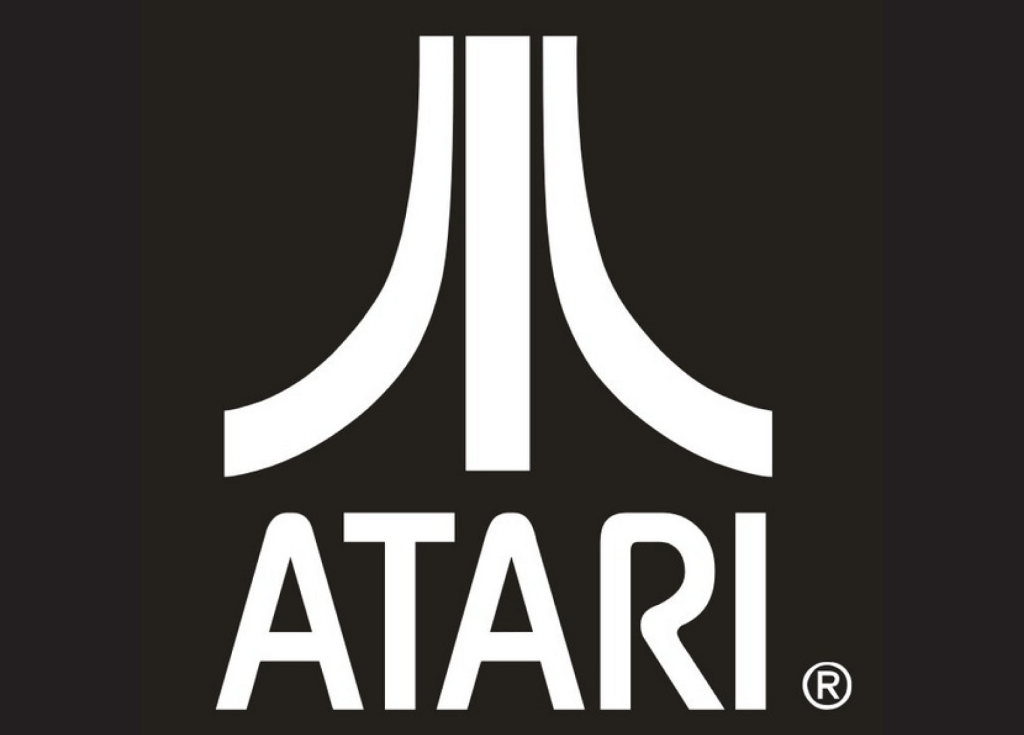
15. The Console Was Initially Going to be Distributed by Atari in the U.S.
In the early ‘80s, the video game market was in complete shambles. Atari dominated the home console market but had turned off consumers by flooding stores with too many bad games. Soon, overall sales were way down. Nintendo had just launched the Famicom in Japan in 1983, but early sales were slow, so the company looked to partner with Atari to launch its new console stateside.
Under this agreement, Atari would have released a home computer called the Nintendo Advanced Video Gaming System that would have included a keyboard and cassette data recorder. But as the deal neared completion, Atari execs saw at CES 1983 that its competitor, Coleco, was demonstrating Nintendo’s Donkey Kong game on its new Adam home computer. Atari figured Nintendo had backed out of the contract, though Nintendo didn’t even know about Coleco’s demonstration. But just as the misunderstanding was cleared up, Atari’s CEO was forced out and the deal collapsed. Famicom sales also started to pick up in Japan, so Nintendo decided to go it alone for the U.S. release of the NES in 1985.
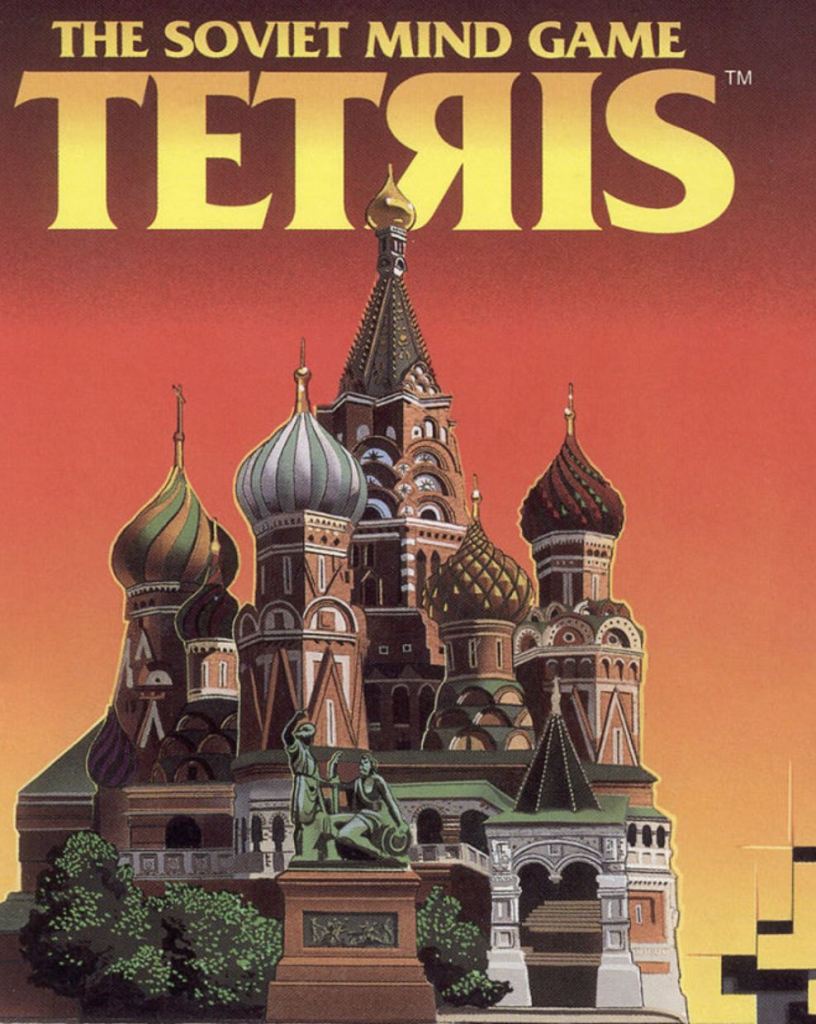
14. Tengen Tetris and the Unlicensed Game Cartridges
That’s not quite the end of the Atari-Nintendo story. To avoid Atari’s mistakes of oversaturating the market, Nintendo only allowed publishers to release five games per year for the NES. They even installed a lockout chip on the console that prevented other companies from getting around this by manufacturing their own cartridges.
Various legal issues forced Atari to create a new subsidiary called Tengen to release games for the NES. After releasing three authorized games, and failing to find a workaround for the 10NES lockout chip, Tengen simply requested information about the chip from the United States Copyright Office under the pretense of pursuing litigation. With that information in hand, the chip was quickly reverse-engineered. Tengen then released more than a dozen of its unauthorized black cartridge games before the inevitable lawsuit from Nintendo arrived. Tengen lost and had to recall tens of thousands of games, making them valuable collector’s items now.
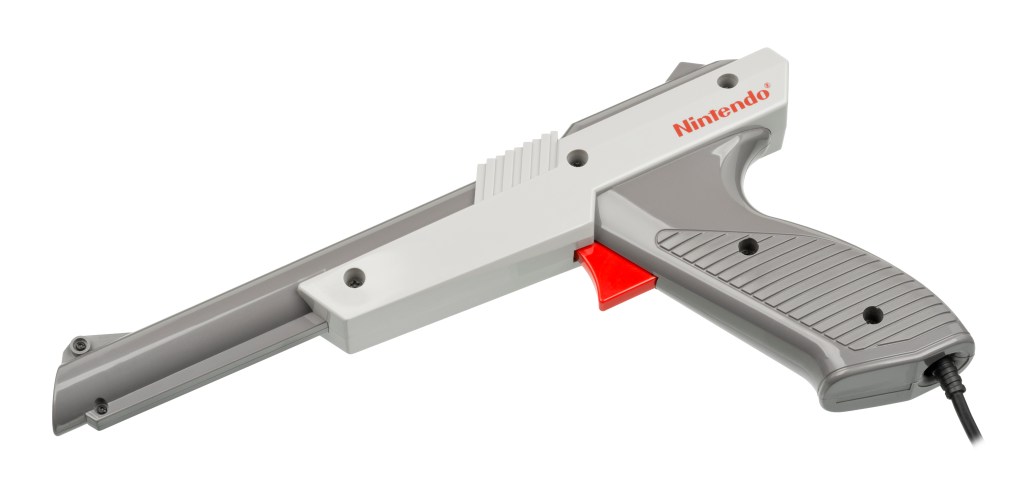
13. The NES was Originally Marketed as a Toy Rather than a Console
After the potential Atari deal fell apart in 1983, Nintendo re-tooled the Nintendo Advanced Video Gaming System into the NES that we all know and love today. The problem was that in 1985 retailers still saw video games as toxic. They wanted no part of another console that would sit on store shelves unsold.
Nintendo’s solution was to avoid pretty much anything that would remind people of a video game console, hence why its new system was referred to as an “entertainment system.” That also meant that instead of emphasizing traditional video game controllers, the company showed off the light gun and R.O.B. robot that would respond to on-screen prompts. Basically, everything about the NES was meant to be as toy-like as possible to avoid any association with the then-dreaded video game label.
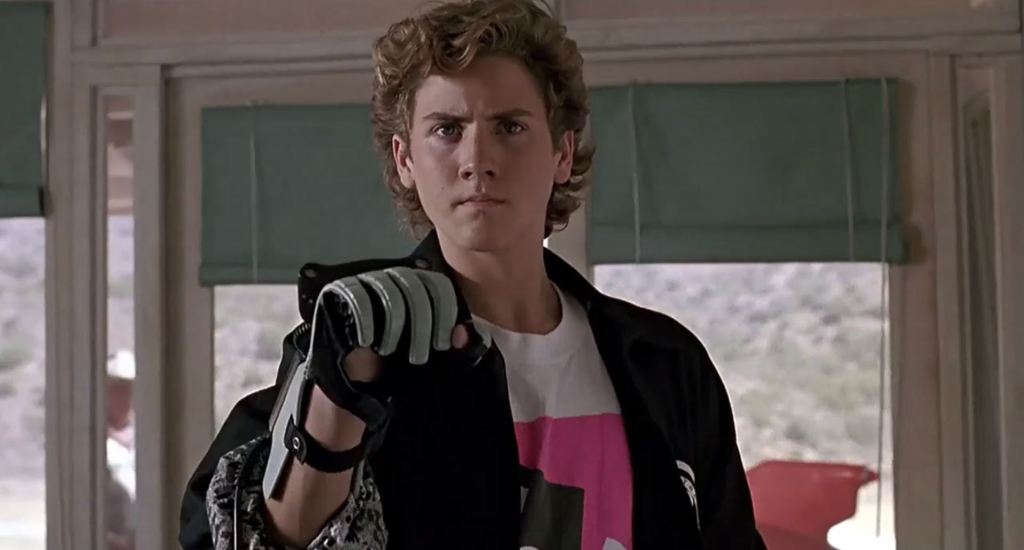
12. There Were a Lot of Weird Peripherals
Even when it became clear that consumers wanted to play good video games and not just have a toy connected to their TV, Nintendo, and other companies, just kept pumping out peripherals of questionable value. For instance, some versions of the NES were bundled with the power pad: a floormat with 12 pressure sensors that was largely used for track and field and exercise games.
Though the NES Zapper is now fondly remembered, especially among those of us who put dozens of hours into the Duck Hunt pack-in game, light games were also fully playable with the LaserScope headset produced by Konami. It came with a crosshair that would fit over your right eye and would supposedly fire a shot every time you said “Fire!” but it didn’t really work. The same can be said of the infamous Power Glove which looked really cool at the time, but was so poorly designed that it was basically impossible to actually play most games on it.
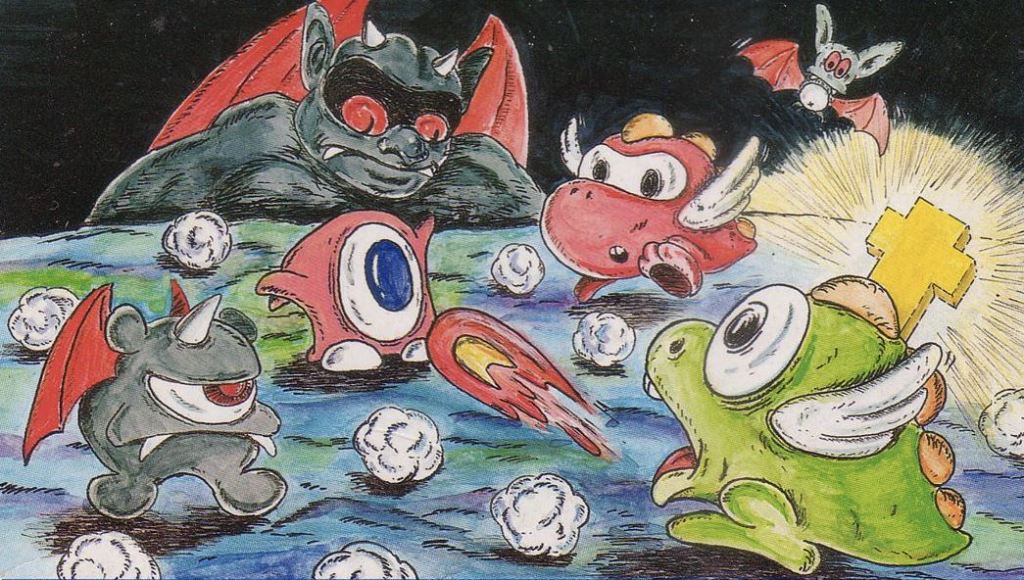
11. Shigeru Miyamoto’s First Console Game Has Never Been Officially Released in the U.S.
Shigeru Miyamoto is one of the greatest video game designers of all time. As the father of Donkey, Kong Mario, and Link, and an all-around creative genius, his work has often changed the industry. Yet his first console game (Devil World) has never been officially released in the U.S., and almost assuredly never will be. The problem isn’t that Devil World is a bad game. It’s actually quite good. The issue is that the content was just too controversial for American audiences.
Essentially Miyamoto’s take on Pac-Man, Devil World sees you play as a dragon as he navigates a maze avoiding monsters directed by the devil (who is perched at the top of the screen). Along the way, the dragon collects crosses and Bibles to power up. Even now, the game’s religious imagery and subject matter would likely cause way too much controversy for Nintendo to release it stateside, though Devil World characters have appeared in the Smash Bros. series.
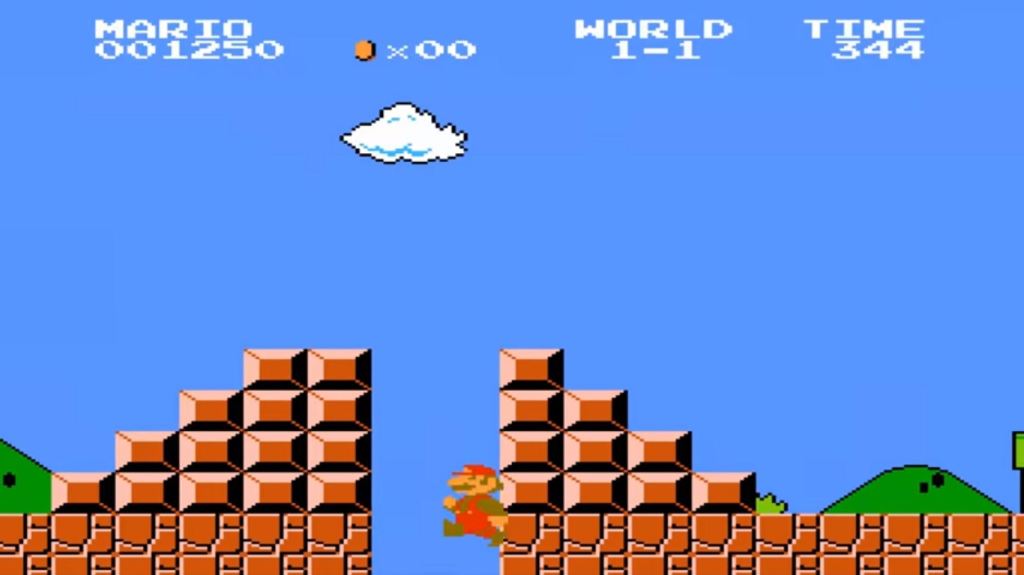
10. Super Mario Bros. is Still the 7th Best Selling Video Game of All Time
Considering how poorly video games sold in the early ‘80s, it really can’t be overstated how surprising Nintendo’s early success was. Even still, no ’80s Nintendo game was bigger than Super Mario Bros. To date, Super Mario Bros. has sold an estimated 58 million copies worldwide. To be fair, part of that success is due to it becoming a pack-in title with most NES models, and various re-releases over the years have only increased those sales. Even still, that’s quite the figure for a game released during that time.
Actually, Super Mario Bros. remains the oldest game in the top section of that list. Minecraft currently sits at the top of the list with 238 million copies sold so far, and it took Nintendo 20 years to release a game that surpassed the sales of Super Mario Bros. The 2006 hit Wii Sports currently sits fourth in fourth place with more than 82 million in sales.
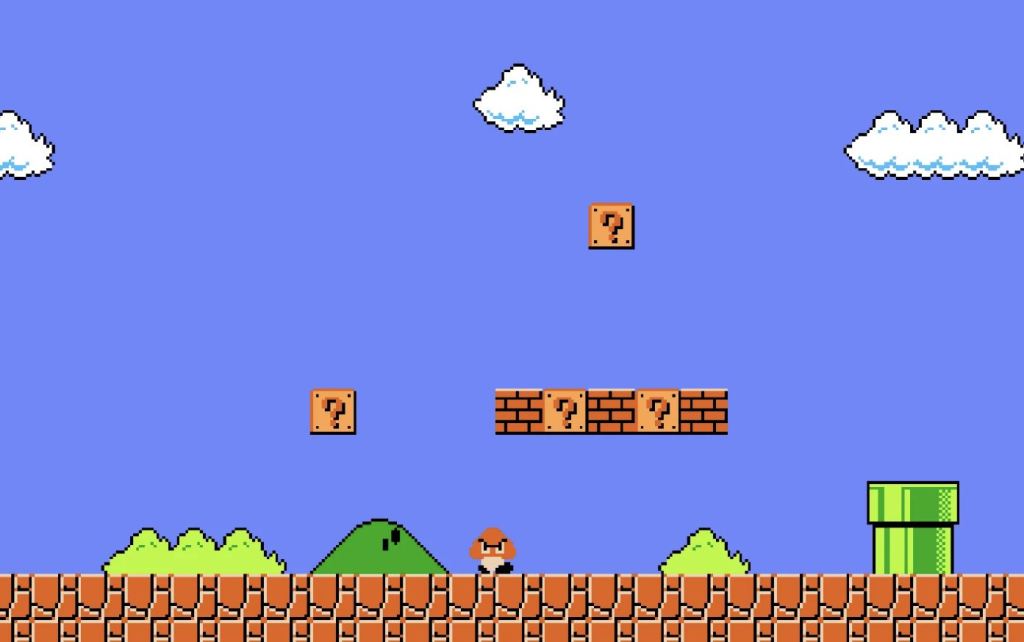
9. No One Knows Exactly When Super Mario Bros. Released in the U.S.
Here’s the weird thing: as massively popular as Super Mario Bros. was, no one actually knows when exactly the game was released in the U.S. Now, we know for a fact the game was released in Japan on September 13, 1985, but given that the NES only had a limited release in the U.S. on October 18 of that year, things get murkier when it comes to the title’s global release.
For years, fans thought Super Mario Bros. was released in the U.S. in 1986, largely because it started to be included with NES consoles at that point. Internally, Nintendo now claims the game launched alongside the console. However, a very in-depth article about the controversy from 2012 suggests that the game actually launched (at least in limited form) about a month after the NES on November 17, 1985. Unfortunately, given the lax record-keeping of the era, we’ll probably never know exactly when you could first purchase Super Mario Bros. in the U.S.
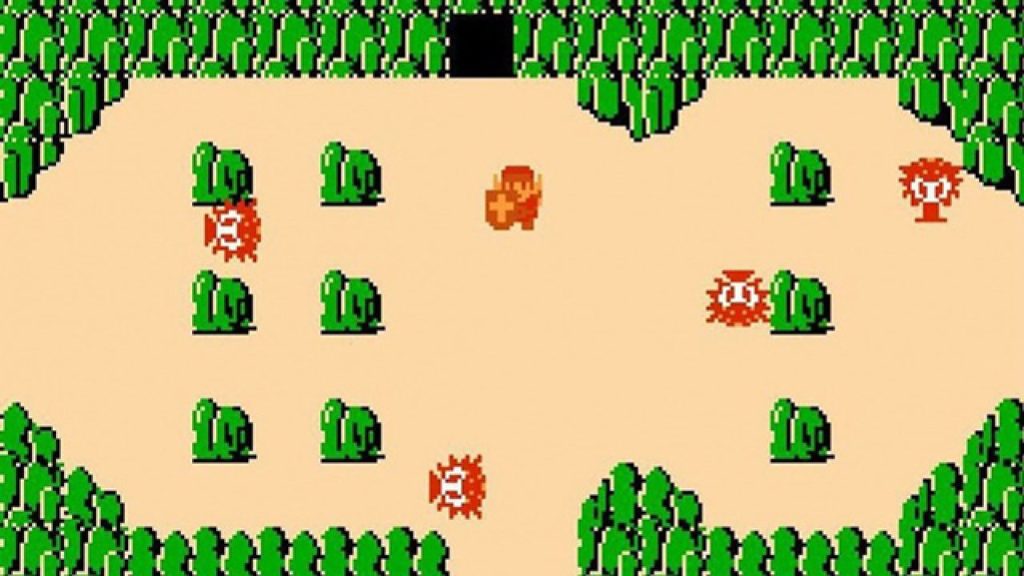
8. Popular NES Games Were Often Hard to Find Due to Chip Shortages
While digital distribution has its critics, one big advantage of the format is that games don’t become impossible to find due to chip shortages. This was actually a common occurrence in the ‘80s when Nintendo dominated the market and all games shipped on cartridges. No matter where you went back then, there might be a couple of months where you just couldn’t find a store carrying even the most popular games like The Legend of Zelda or Super Mario Bros. 2.
Thankfully, this problem largely went away over time due to changes in manufacturing and the eventual move to disc-based consoles. So you might have difficulty scoring a PlayStation 5 or Xbox Series X, but we should be grateful that the actual games are easy to find.
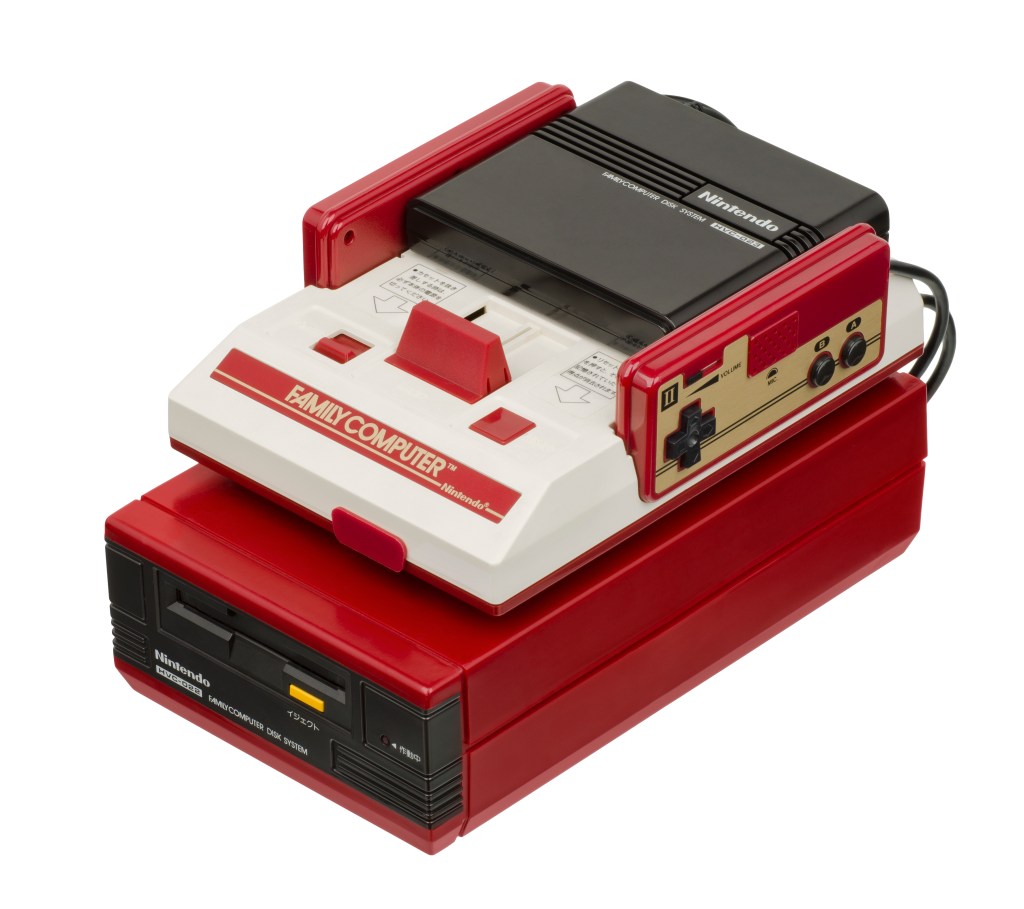
7. The Famicom Disk System Featured Achievements and Digital Distribution
In Japan, the Famicom had a disk add-on that helped lower the cost of games and avoided issues with chip shortages. Many modern gamers are aware that technology existed, but what is less well-known is just how ahead of its time that add-on was.
While Nintendo sold brand new games on disk cards (with the original Legend of Zelda being a notable early exclusive), the biggest advantage of the technology was that you could buy a blank disk, take it to one of the handy Disk Writer kiosks located throughout the country, and download a new game to it for a fraction of the price of buying a new disk or cartridge.
On top of that, retailers had “Disk Fax” machines that let players submit high scores to Nintendo for prizes like Famicom stationary or a gold Punch-Out!! cartridge. Yes, it was basically an early precursor to the achievements popularized by Steam and Xbox. Seeing how much the rest of the industry has embraced these ideas just makes it all the more bizarre that Nintendo’s online infrastructure has always lagged behind its competitors.
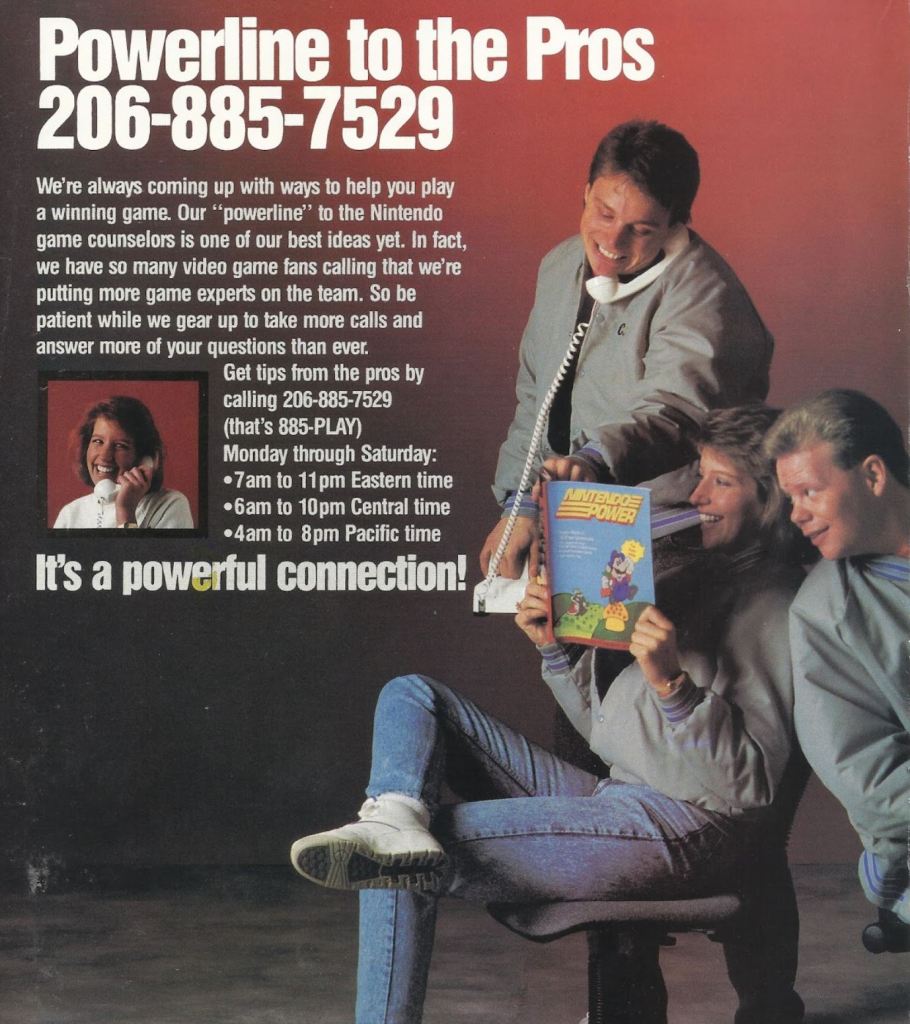
6. Nintendo Offered Help Beating Games Through a Premium Hotline Service
In the late ‘80s and early ’90s, hardly any American households had access to the fledgling Internet. Even if you could get online to look up how to beat a video game, odds are there simply wasn’t any content available to help you out. Of course, if you really had trouble with a game, Nintendo was there to help. Enter the Nintendo Power Hotline.
The service evolved over time, but it initially offered prerecorded tips about how to get past some of the most difficult parts of popular games for the cost of a long-distance call. Later, a 900 number allowed you to talk to a trained “game counselor” who would walk you through a game for 95 cents per minute. Though the hotline was massively popular in the late ‘80s and ‘90s, calls began to drop as the Internet grew, and Nintendo eventually phased out the hotline in 2005.
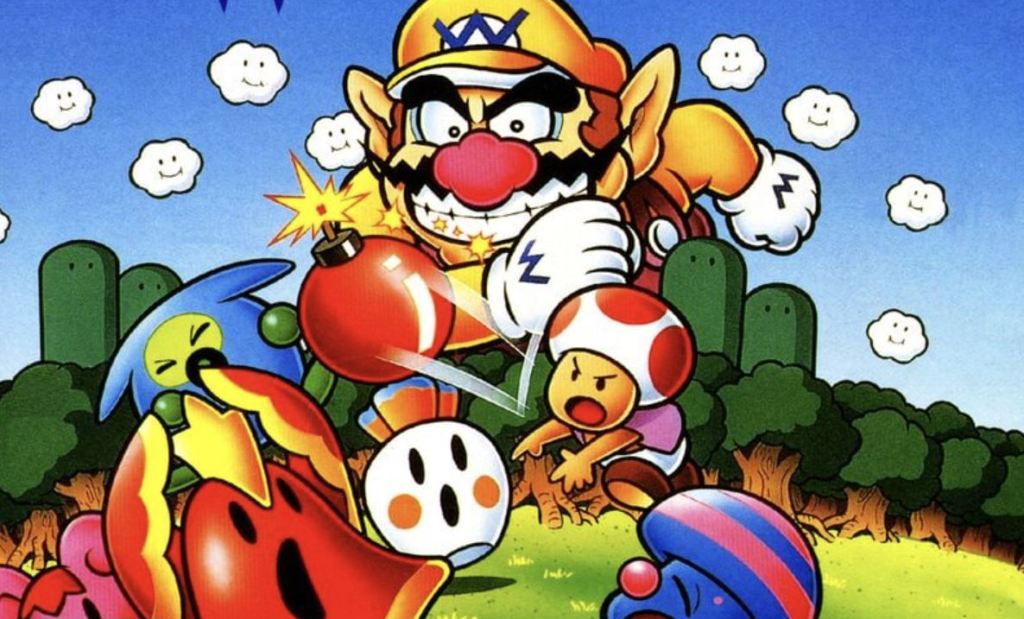
5. Only One NES Game was Rated by the ESRB
The Entertainment Software Rating Board is now seen as an integral part of the video game industry, providing ratings and guidance for parents about what games may or may not be suitable for children. But Nintendo had strict censorship guidelines of its own in the ‘80s, meaning NES games received little attention about controversial subject matter. It wasn’t until graphics improved during the 16-bit era and more violent games like Mortal Kombat hit store shelves that the threat of government action resulted in the creation of the ESRB.
That meant that by the time the board started rating games, the only NES game left to be officially released was Wario’s Woods in December 1994. The ESRB rated the puzzle game “Kids to Adults,” a rating that was changed to “Everyone” a few years later.
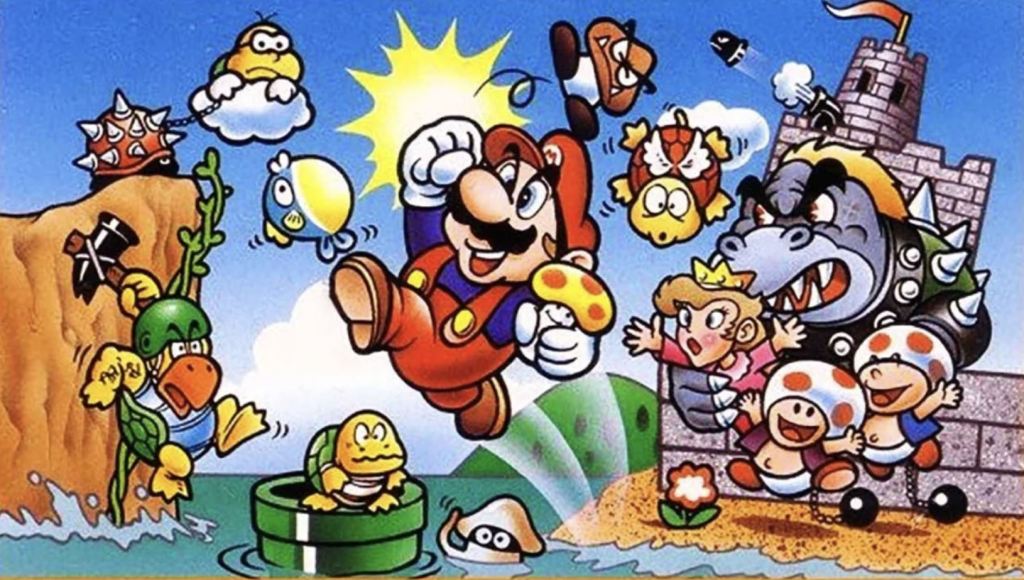
4. Nintendo Approved Official Lyrics for the Super Mario Bros. Theme
Nintendo is famously protective of its IP, regularly sending out cease and desist letters for the slightest perceived offense. But every now and then (especially during Nintendo’s early days), the company approves the most random projects. In fact, in 1985, Nintendo held a contest for fans to submit lyrics to the now-iconic Super Mario Bros. first-level theme to a Japanese radio station. The winner, “Go Go Mario,” even received a vinyl release.
And honestly, it kind of slaps. Lyrics like “Go save Princess Peach! Go!/Today, full of energy, Mario runs/Today, full of energy, jumping!/Today, full of energy, searching for coins/Today, keep going, Mario!” may not make much sense in English, but the whole thing actually sounds great in Japanese.
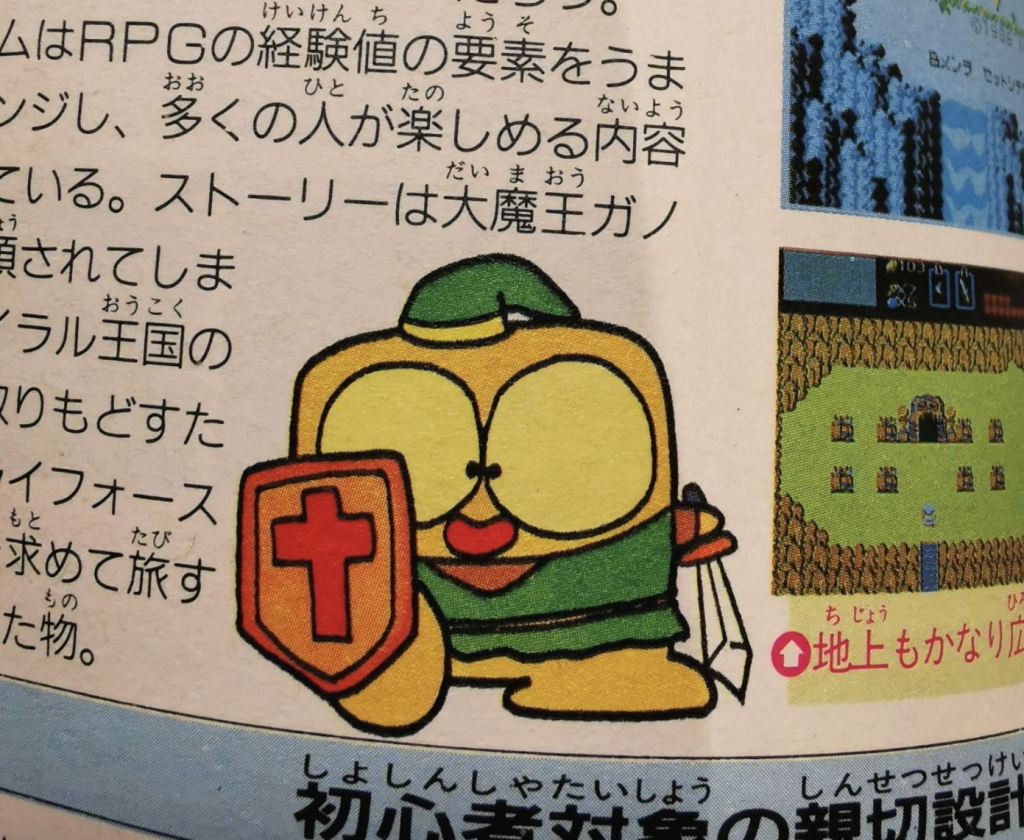
3. Nintendo’s Original Hardware Mascot Was Diskun, Not Mario
It’s hard to imagine Nintendo without Mario now, but originally the company had modest plans for the world’s most famous plumber. Hell, at first he was just called “Mr. Video,” and Nintendo planned to have him only cameo in games necessary. Instead, the company pinned all its mascot hopes on Diskun, a yellow, square-shaped floppy disk with googly eyes. Yeah, it’s not hard to see why Diskun didn’t catch on.
Of course, part of the reason why Diskun isn’t very well known in the West is that he was the official mascot of the Japan-only Famicom Disk System. Most notably, he appeared at the top left of every disk game’s manual. But even if the add-on had been released here, it’s doubtful Diskun would have caught on like Mario. While fairly obscure now, Diskun still pops up in Nintendo games from time to time and there’s even a small reference to Diskun in The Super Mario Bros. Movie.
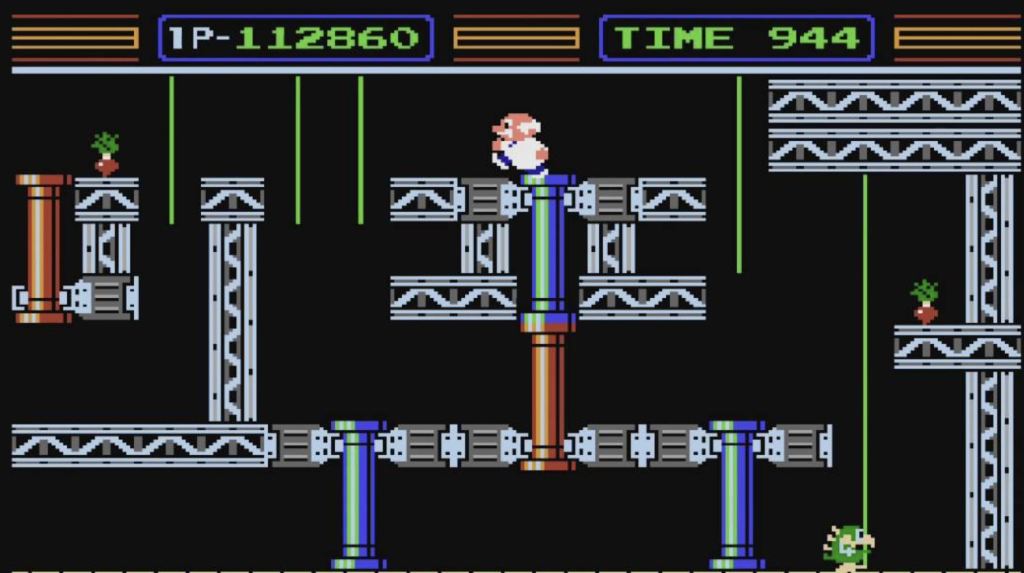
2. Some Launch NES Games Include a Famicom Converter
It’s become much less of a concern over time, but during the NES days, publishers were extremely paranoid about eager gamers importing games from Japan and cannibalizing sales in the U.S. The solution to this problem was to create as many obstacles as possible for potential importers. That meant that Famicom games connected to the console with a 60-pin board, while NES games required a 72-pin board. Titles from one region were completely incompatible with the console of another without the use of a converter, which was pricy and difficult to come by at the time.
But unbeknownst to almost everyone when the console came to the U.S., many of the NES 17 launch games included an official converter. In an apparent effort to save on time and manufacturing costs, Nintendo slapped a Famicom board into a converter, put it in an NES cartridge, and called it a day. While these converters are of limited use now, some hardcore collectors still seek them out. An NES cartridge with a converter inside can be spotted if it has five screws on the back, as opposed to the usual three. The carts also weigh a little bit more, and, in the case of Gyromite, the converter cartridge has a slightly different colored sticker label.
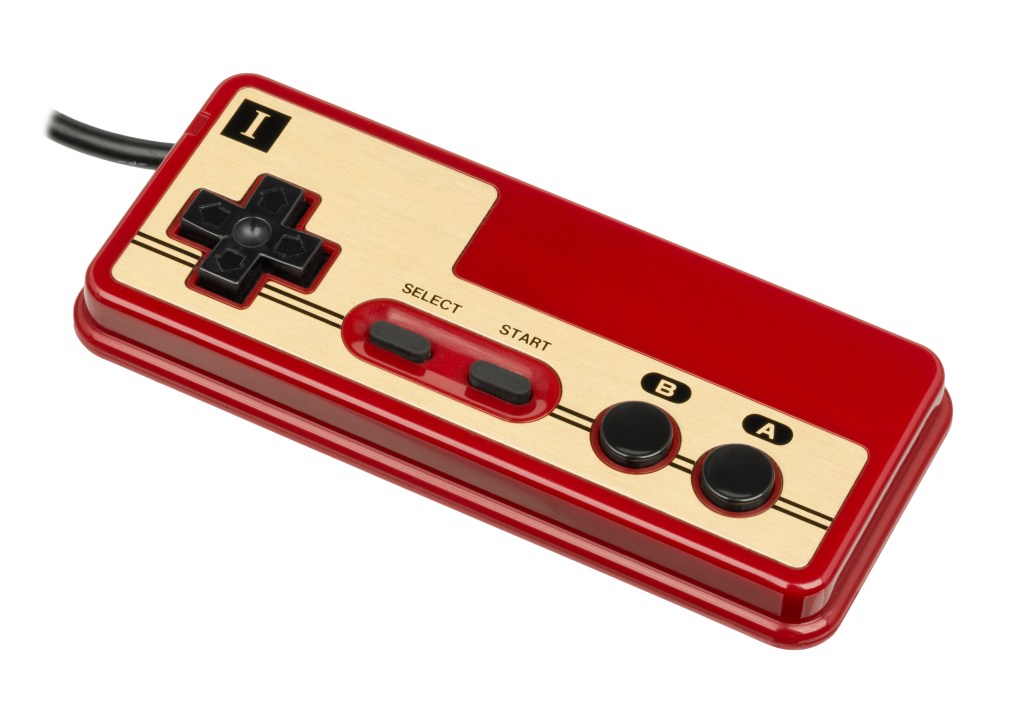
1. Nintendo of Japan Supported the Famicom Well into the 2000s
Even though the final official Famicom and NES games were released in 1994, Nintendo didn’t discontinue support for the console right away. The final NES consoles came off the assembly line in 1995, but Nintendo didn’t end production of the Famicom until 2003: 20 years after its initial release, and well after the release of the GameCube.
Oh, and if you managed to snag one of those final Famicoms, Nintendo of Japan still offered repairs for the console through October 31, 2007- almost one year after the release of the Wii. Even then, the only reason Nintendo ended support for the system was because spare parts were just too hard to come by at that point. You can’t say Nintendo hasn’t stood by its first console.
